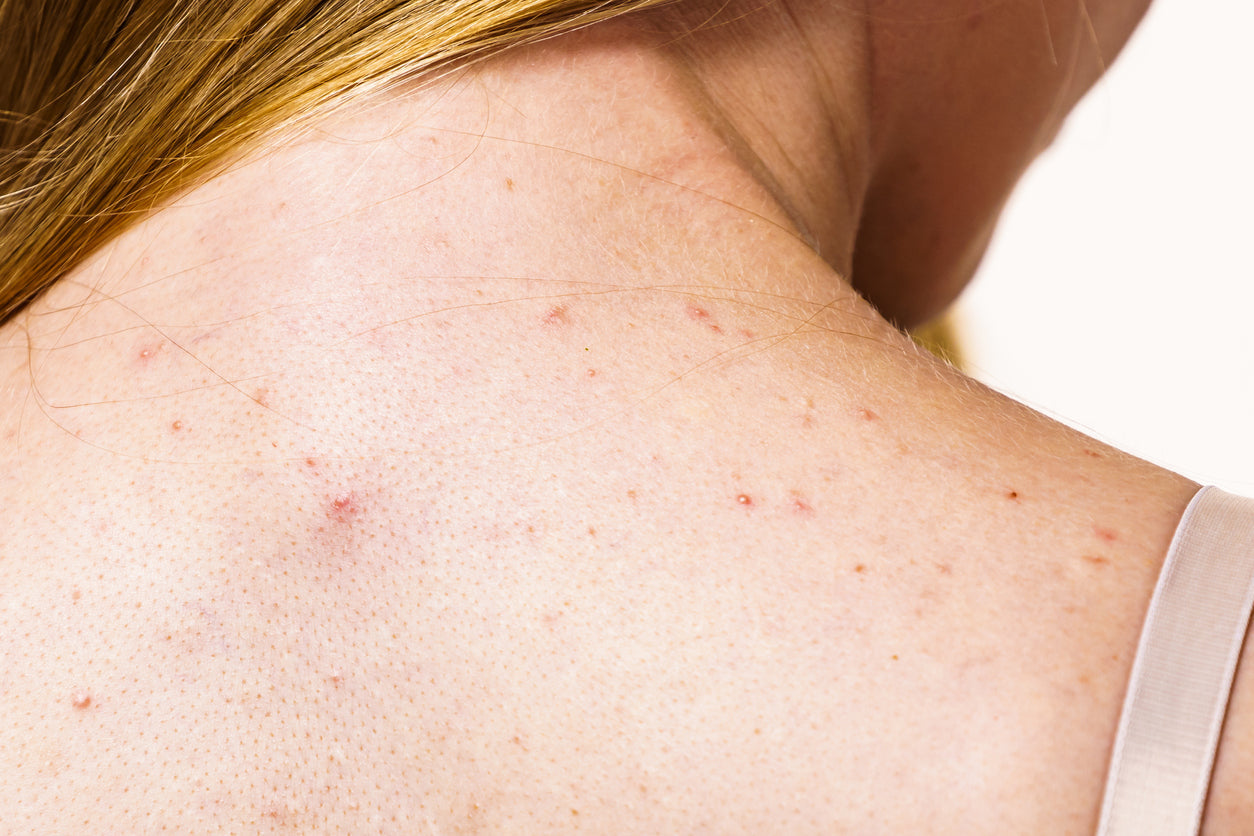Acne from Sitting on Leather Chairs: Causes and Solutions
As a beautician, you might have encountered clients struggling with skin issues that leave them puzzled. One unexpected cause of such skin problems is acne from sitting on leather chairs. While it might sound unusual, this issue is quite common and affects many individuals who spend extended periods sitting on leather surfaces. In this article, we'll explore the reasons behind this problem and offer practical solutions to help your clients maintain clear skin.

Why Leather Chairs May Trigger Acne
Leather, being a popular material for chairs in various settings, including offices and homes, can often be linked to acne breakouts. One primary reason is that leather surfaces can cause friction and trap sweat. When skin rubs against leather, especially during warm weather, it creates a perfect environment for pore-clogging due to sweat and bacteria. This friction can also aggravate pre-existing acne, making it harder to manage.
Moreover, leather contains certain oils and dyes that might irritate the skin, leading to further complications. When combined with tight clothing or infrequent movement, the skin's exposure to irritants increases, elevating the risk of acne development.
Understanding the Science Behind Leather-Induced Breakouts
Acne occurs when hair follicles become blocked by oil and dead skin cells. Sitting on leather chairs for prolonged durations exacerbates this issue. The natural oils produced by the skin mix with sweat, creating an environment ripe for bacterial growth. This is particularly noticeable in regions of the body that come into direct contact with the leather, such as the back, thighs, and buttocks.
If you'd like to delve deeper into the effects of different fabrics on acne-prone skin, consider exploring this comprehensive guide on the best fabrics for acne-prone skin. You'll find valuable insights on how fabrics play a role in skin health.
Preventive Measures for Acne From Leather Chairs
Encouraging clients to adopt certain habits can significantly reduce the risk of acne caused by leather chairs:
1. Choose Breathable Fabrics: Opt for clothing made from natural fibers such as cotton or linen, which allows the skin to breathe better compared to synthetic materials. Find out more on this insightful article on how tight clothing impacts skin health.
2. Maintain Good Hygiene: Regular cleansing of the skin, especially after prolonged seating, helps remove the sweat and bacteria that contribute to acne buildup.
One of the best ways to cleanse effectively is by using body washes formulated for acne-prone skin. Discover some highly recommended products in this detailed guide on acne-fighting body washes.
Formulating a Skin-Friendly Environment
Another approach is to use mattress pads or covers that serve as a barrier between the skin and the leather surface. These can be particularly beneficial in office settings where leather chairs are common. Encouraging breaks and movements is also crucial, as it reduces the time one spends in contact with irritants.
For further strategies on minimizing friction-related skin issues, this article on reducing friction bumps offers practical advice.
Professional Advice for Beauticians
As professionals, recognizing the causative factors of acne can greatly enhance your service offerings. Educating clients on simple lifestyle alterations can significantly impact their skin health. Encourage them to be mindful of their seating arrangements and to proactively manage their skin's exposure to potential irritants. Share insights with them using resources such as this discussion on polyester and acne for comprehensive understanding.
Conclusion
In summary, understanding the nuances of acne from sitting on leather chairs can aid beauticians in providing tailored advice to their clients. Employing preventive strategies and gaining insights into skin-friendly practices will ensure that clients can enjoy clear, healthy skin despite spending time on leather surfaces. Keep your clients informed and empowered with these practical solutions and insights.

FAQ
Q: Can fabric covers prevent acne from leather chairs?
A: Yes, fabric covers act as a barrier, reducing the skin's direct contact with leather, thus minimizing the risk.
Q: Are there specific cleansers for post-seating skin care?
A: Certainly, acne-targeted body washes are effective for cleansing and preventing breakouts.
Q: How do tight clothes exacerbate acne issues with leather seating?
A: Tight clothing increases friction and prevents the skin from breathing, contributing to acne formation. Explore common triggers in this article.
This article contains affiliate links. We may earn a commission at no extra cost to you.

